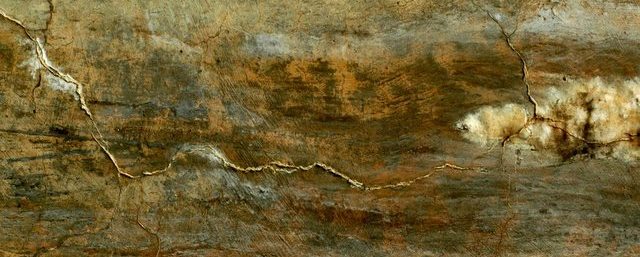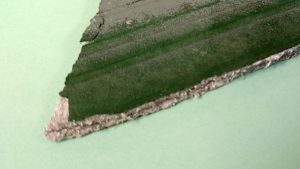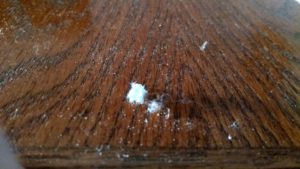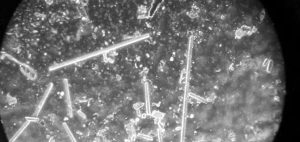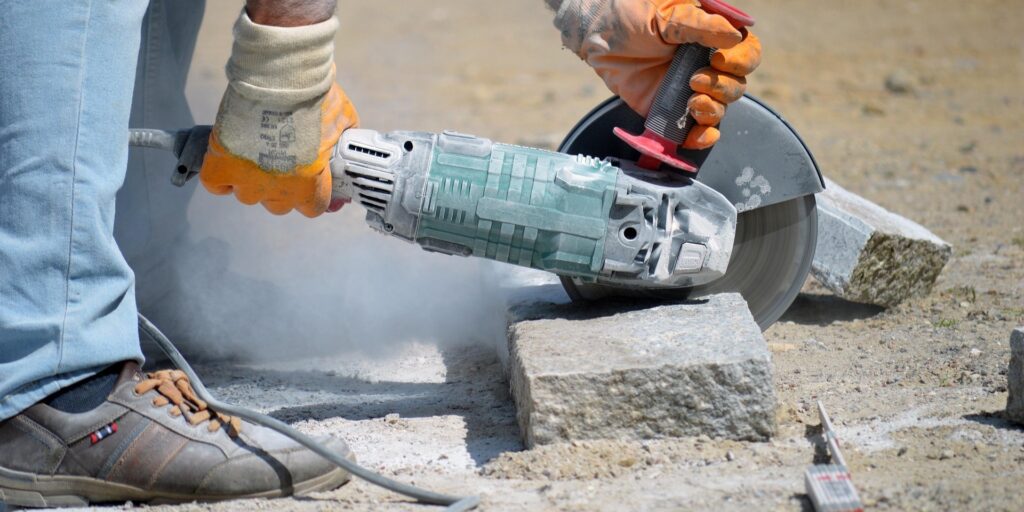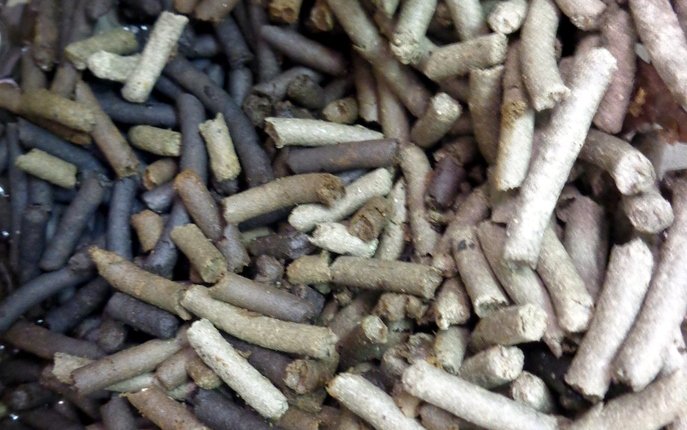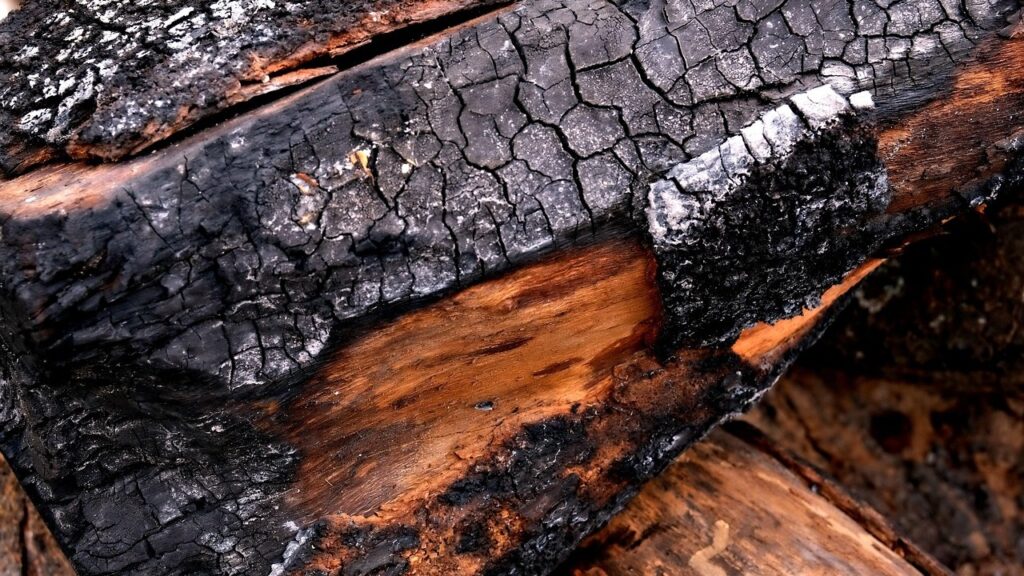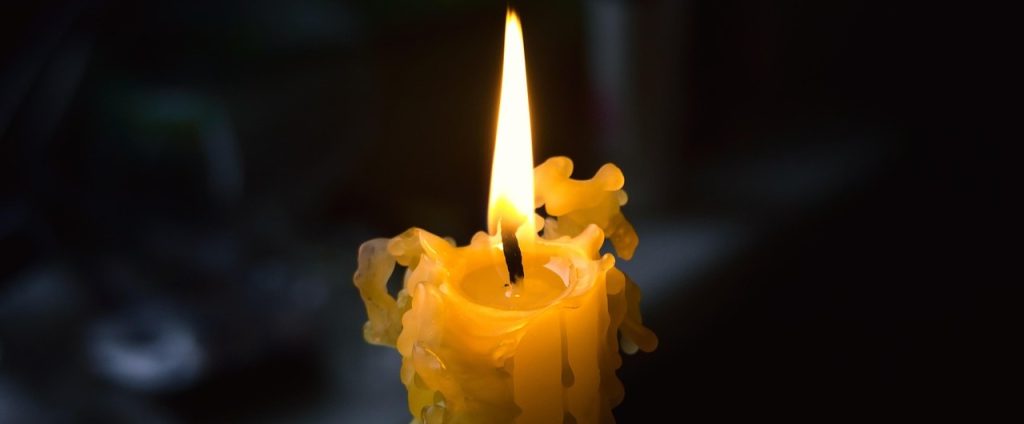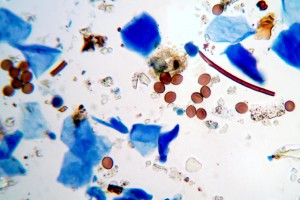
LCS Laboratory offers expert testing services for mould identification on surfaces, combining precision and reliability to ensure accurate results. Differentiating between harmless dirt deposits and active mould growth requires specialized microscopic analysis. For instance, a painted wall damaged by flooding often becomes a haven for mould, which thrives on organic materials. This not only leaves unsightly stains but also produces billions of spores—a common trigger for allergies and respiratory issues.
Why Choose LCS Laboratory for Mould Testing?
Our mould surface analysis is an essential tool for:
- Homeowners investigating mould infestations or potential water damage.
- Home Inspectors: Provide clients with clear and scientific assessments.
- Health and Safety Consultants: Ensure compliance with safety standards and protect occupants from potential hazards.
Comprehensive Testing Options
We accept mould samples in two convenient formats:
- Physical Samples: Pieces of wood, drywall, or paint can be sent in a Ziploc bag.
- Tape-Lift Samples: A quick, user-friendly method for collecting surface samples. No prior experience is required. Learn more about the tape-lift procedure here.
How We Analyse Your Samples
When your sample arrives at our lab, we follow a rigorous analysis process:
- Extract dust and mould from the surface layer.
- Examine the sample using phase contrast microscopy and advanced bio-staining techniques.
- Quantify the concentration of mould on the surface.
Our analysis identifies common mould types and quantifies their concentration. Your detailed report will include spore counts for each mould type, expressed in spores per square millimetre (spores/mm²). Below are some of the mould spores we commonly report:
- Alternaria
- Ascospores
- Aspergillus/Penicillium-like
- Basidiospores
- Chaetomium
- Cladosporium
- Curvularia
- Drechslera/Bipolaris-like
- Smuts/Myxomycetes/Periconia
- Stachybotrys/Memnoniella
- Ulocladium
- Hyphal fragments
- Miscellaneous/Unidentifiable
Interpreting Your Results
Currently, there are no government regulations specifying acceptable mould levels on surfaces. However, our statistical analysis of data from water-damaged buildings provides useful guidelines:
- Negligible Growth: <15 spores/mm² (found in 25% of the cleanest materials).
- Moderate Growth: 15-65 spores/mm² (typical for areas with normal environmental humidity).
- Active Growth: 65-1200 spores/mm².
- Very Strong Growth: >1200 spores/mm² (top 25% of highly contaminated materials).
Need Help with Sampling?
Collecting a sample is simple! Follow our video instruction manual for a step-by-step guide to using the tape-lift method.
To get started, complete our Request for Analysis Form and include it with your samples. If you’d like to prepay for the test, visit our online store.
For detailed pricing, check out our price list or contact us to discuss your project’s specific requirements.
Contact LCS Laboratory Today
Have questions about mould testing or need shipping instructions? Contact us to learn more about our services and how we can assist you.

